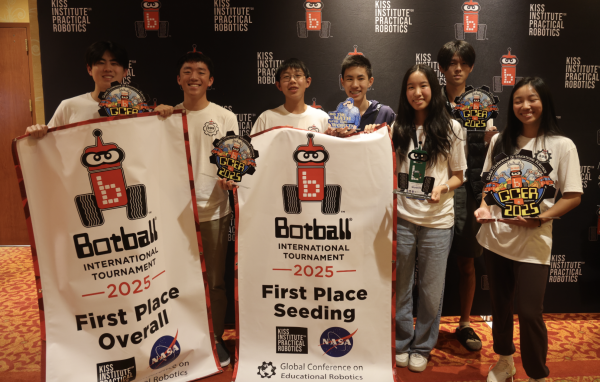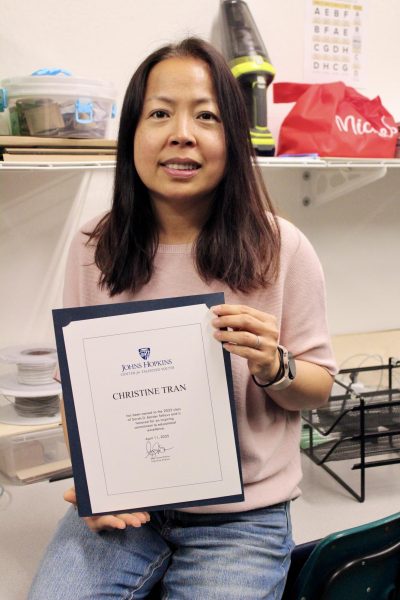VR Headset Glasses: No More Bulky Experiences
Stanford and NVIDIA researchers have revolutionized bulky VR headsets into slim glasses through new, cutting-edge technology. NVIDIA is a technology company that specializes in graphic processing chips, and Stanford researchers joined with the company to tackle one of the biggest challenges of the metaverse: the bulky headsets that make the experience feel unreal. Regular VR headsets are bulky because they contain a microlens that zooms into a small display. However, for this to work, there must be distance between the lens and the display — hence the use of “pancake lenses.” Pancake lenses consist of many curved lenses folded together to make a singular lens, allowing for light to bounce within the lens to condense an image into its correct size.
Through this new method, researchers were able to shrink the heavy, uncomfortable headset into slim, easy to wear glasses. These holographic glasses are only a prototype. The glasses can be used to display flat images or holograms.
“[We hope to] achieve a monocular FOV [field of view] of up to 120 (degrees),” NVIDIA and Stanford researchers said meaning that each lens would provide 120 degrees of vision of the world — straight ahead with 60 degrees either side. However, the glasses currently have less than 120 degrees which is not enough, considering that a normal human’s monocular FOV is roughly 170 degrees. Still, the researchers are hopeful that these prototypes can lead the way into a future with holographic glasses as a norm.
This accomplishment is groundbreaking in the realm of virtual reality. In the last few years, companies like Facebook, WhatsApp, Microsoft, Amazon, and Snapchat have been progressively more interested in the metaverse, claiming that it is a future way of communication and world building. Now that holographic glasses are in the picture, the worry of setting up a virtual reality playroom is no longer a problem because a user can rely on the glasses to easily access games, check social media, or video chat.
“With our design and experimental prototypes, we hope to stimulate new research and engineering directions toward ultra-thin, all-day-wearable VR displays with form-factors comparable to conventional eyeglasses,” NVIDIA researchers wrote.






